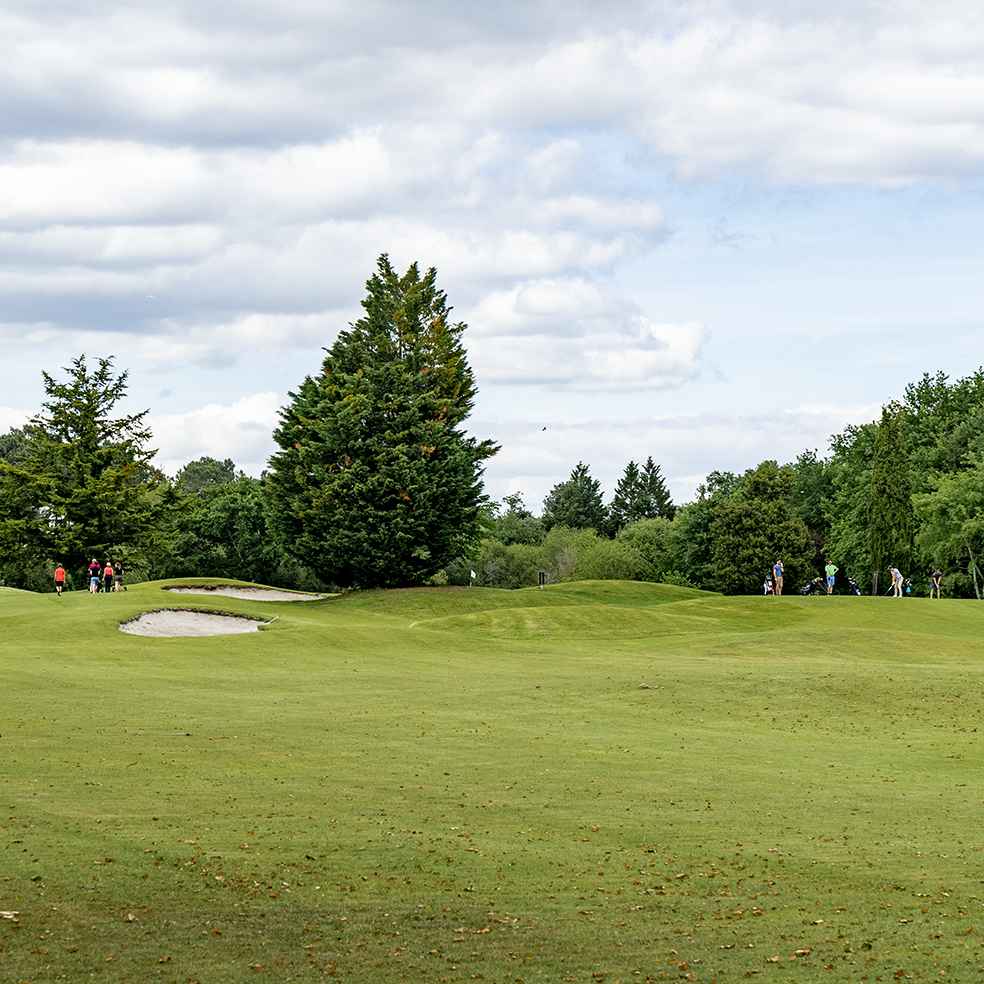
Pessac
History of Pessac
Historic step on the ancient road that connected Bordeaux to La-Teste-de-Buch, Pessac is linked since its origins to the culture of the vine. In the 13th and 14th centuries, several lands of Pessac belong to the Church. The castle Pape Clement was for example the residence of the archbishop of Bordeaux Bertrand de Goth, named Pope Clement V in 1305. The area Carmes Haut-Brion is also a former episcopal site. In the 18th century, Montesquieu had the Château du Haut Bacalan built in Pessac. Between these renowned wine estates, the present-day city center of Pessac did not appear until the second half of the 19th century. The sector was quickly urbanized during the 20th century, because of its close proximity to the city center of Bordeaux.
The essentials of Pessac
The territory of Pessac is home to three great vintages of Graves wines, from the Pessac Léognan appellation: Pape-Clément (Clément V) wine castle, Château Haut-Brion and Château la Mission Haut-Brion, renowned estates that receive visitors tastings. The classified built heritage of the municipality is of a great variety. It includes the Saint-Martin church of Romanesque architecture of the 11th century, the mill of Noès of the 18th century, the orangery of the Maison Doré dating from the same period, the priory of Bardanac, the city Frugès designed by Le Corbusier who represents the heritage of the 20th century, the Monnaie de Paris factory, the musical society Saint-Martin, and many fine bourgeois homes of the late 19th century. The urbanization of Pessac, though fast, was also late. The territory of the municipality therefore retains a natural heritage that has benefited from policies of preservations: the green flow of the Peugue, 300 hectares of green spaces dedicated to recreation and relaxation, which include the ecosite Bourgailh and Bois des Sources of the Peugue; the Cap de Bos Basin and its developed surroundings; the tropical greenhouse of Bourgailh; the parks of Razon and Pompidou; the park and the Fontaudin pond; the wood of Saige; the park of Camponac Castle; the parks of Camposanto and Jozereau; or the Cazalet estate. The Bordeaux-Pessac Zoological Park, a must-see in the Bordeaux agglomeration, is home to around a hundred species on a 5-hectare site.
Life in Pessac
Between the largest university campus in Bordeaux and the wine growing countryside, Pessac benefits at the same time from the charm of large estates and the dynamism of student life. The center of Pessac is located not far from the airport of Mérignac, is connected to the station Saint-Jean by TER and is served by the line B of the tramway. The third largest city in the Bordeaux agglomeration, Pessac has a wide range of schools, sports and cultural facilities. Contemporary architectures rub shoulders with ancient Carthusian monasteries, typical stalls, vineyard houses and wine chateaux. The forest of Bourgailh and the flow of Peugue oxygenate the town, offering at the same time great spaces of leisure and walk.